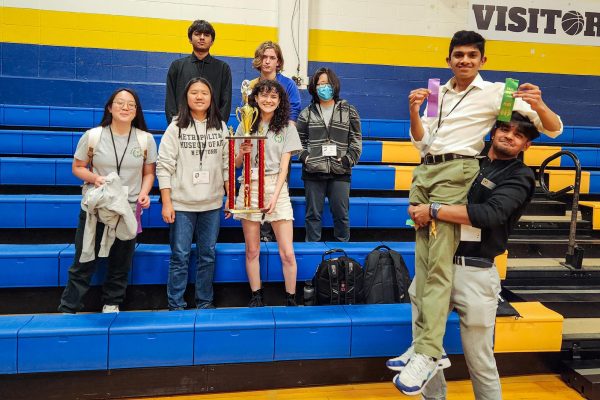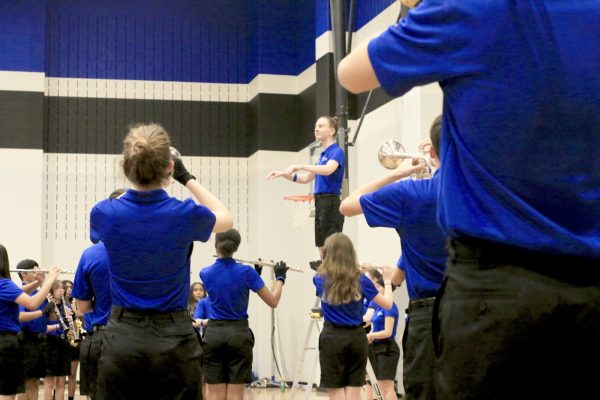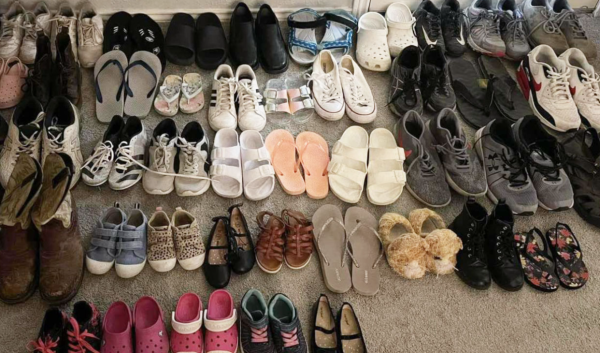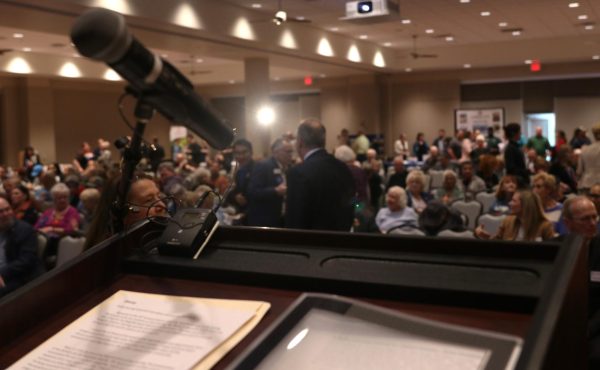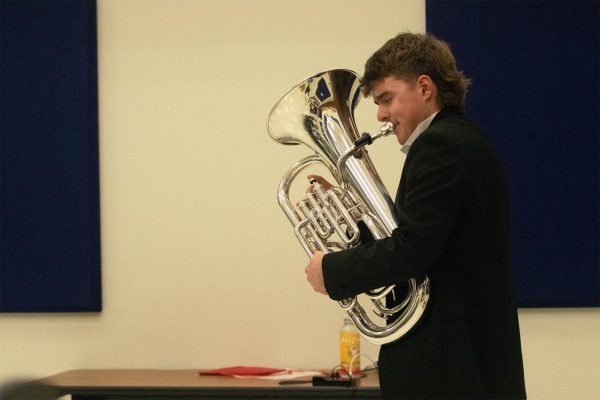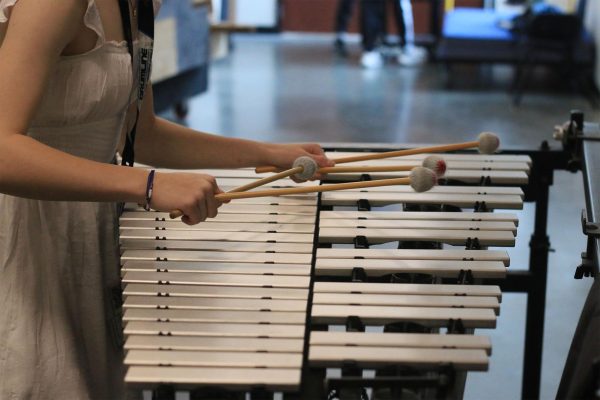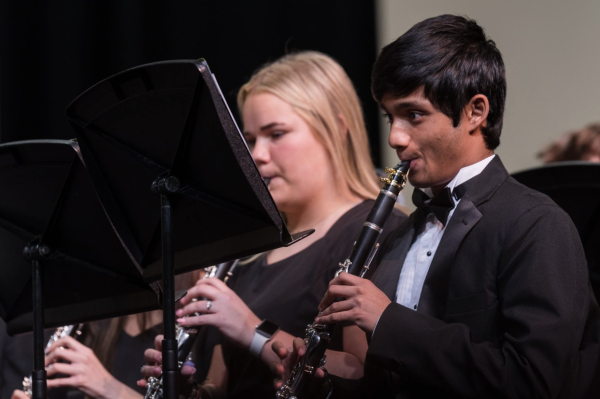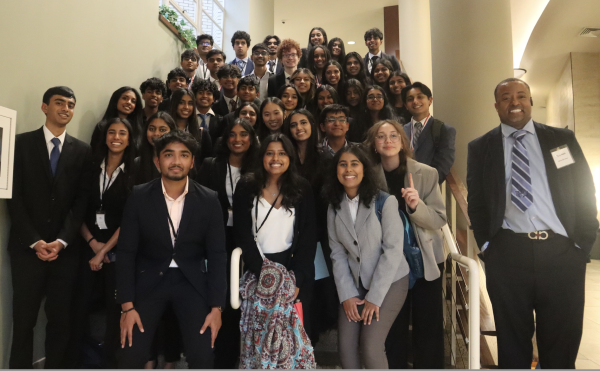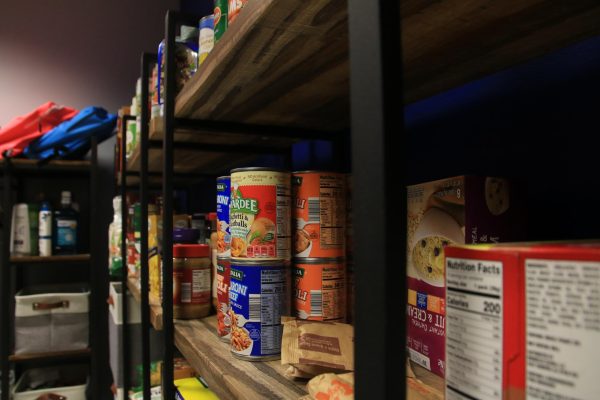District still in deficit despite increase in state funding
Due to the passage of House Bill 3 on June 11 by the state legislature, LISD has received more state funding for the 2019-2020 school year along with a reduction in recapture.
Recapture (also known as Robin Hood) is a system where wealthier school districts give a portion of their funding through local property tax to the state to be redistributed to other school districts. According to Parker, recapture was reduced by about 50% state wide. For the district, recapture was reduced from $60 million to $18 million.
“Under the old system, in five years, the school district would have been broke,” Board of Trustees president Katherine Sells said. “If we had maintained that same level of having to pay back to the state we would have literally had no money. With [the bill], it has lowered what we pay back.”
Despite receiving more funding, the district is operating at a deficit – spending more than its bringing in – this year, which was predicted to be $14 million. The deficit is covered through a fund account, which is the district’s savings in case of an emergency or natural disaster.
“If we aren’t bringing in more money, but we want to continue to expand programs and take care of our teachers and take care of our insurance bill, then that’s why there’s a deficit,” superintendent Kevin Rogers said.
This school year is not the first time the district has operated on a deficit. For example, the plan for the 2018-2019 school year budget included a deficit of about $8.5 million on paper. Rogers said, because of conservative budgeting, the actual 2018-2019 deficit ended up to be around $2 million – $3 million.
The deficit has mainly impacted staffing numbers on campuses and other departments across the district. Rogers said class size has increased over the past four to five years due to cuts in staffing.
“We can’t not pay the electric bill, we can’t not pay for bus service, we can’t not pay for hazard insurance [because] if there’s a storm and buildings are damaged we have to pay to get it fixed,” Rogers said. “Eighty-four% of [the budget] is people, so if we get squeezed, that’s really the only way we can try to make the deficit not quite as bad. Which is no fun. I don’t like doing it. I wish I didn’t have to.”
House Bill 3 also mandated school districts to give raises to experienced teachers with the new funding it provides. The district was able to give classroom teachers a 2.5 – 3.5% ($1,479-2,081) increase based on years of experience. Because the district received less money than expected, raises were not as much as was promised by the state.
“We had state leaders saying experienced teachers were going to get anywhere from a $4 – 5,000 raise,” Rogers said. “It didn’t happen, not only in LISD, but hardly anywhere.”
Rogers said $9.5 million was spent on teacher raises this year in the district. For every one percent the salary is raised, about $3.75 million is added to the budget.
Parker said the projections for how much funding LISD was going to receive initially from House Bill 3 did not match the amount that was actually given in the final bill.
“I believe that there shouldn’t have been a deficit if the original formulas came into play that we saw,” Parker said. “But the ultimate net result unfortunately provided a lot more money than they have gotten in the past, but not as much as was originally hoped for.”
Parker said he plans to make some changes to the bill to provide LISD and other school districts with additional resources at the next legislative session in 2021.
“No piece of legislation initially is ever perfect, so we have to come back and fine tune it,” Parker said. “But LISD, it has received or will be receiving more money than what it received in previous cycles, so House Bill 3 was a victory for LISD.”
Despite the deficit, the district still has plans to expand and continue to be efficient with its budget.
“We’re going to continue to try to be innovative, but it puts us at a disadvantage because there’s a lot of things we’d love to do,” Rogers said. “But you have to ask the question: How do I pay for it?”

Senior Yasmin Haq is the editor-in-chief and this is her fourth year on staff. She dabbles in just about anything creative including writing, photography,...




